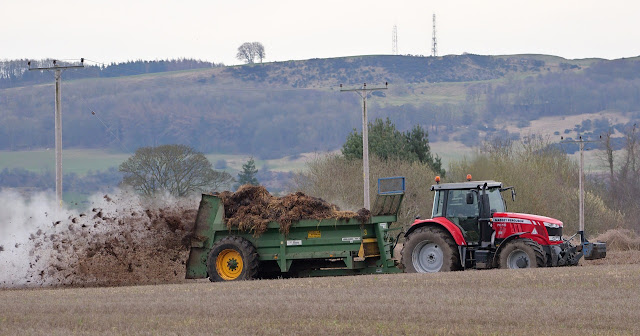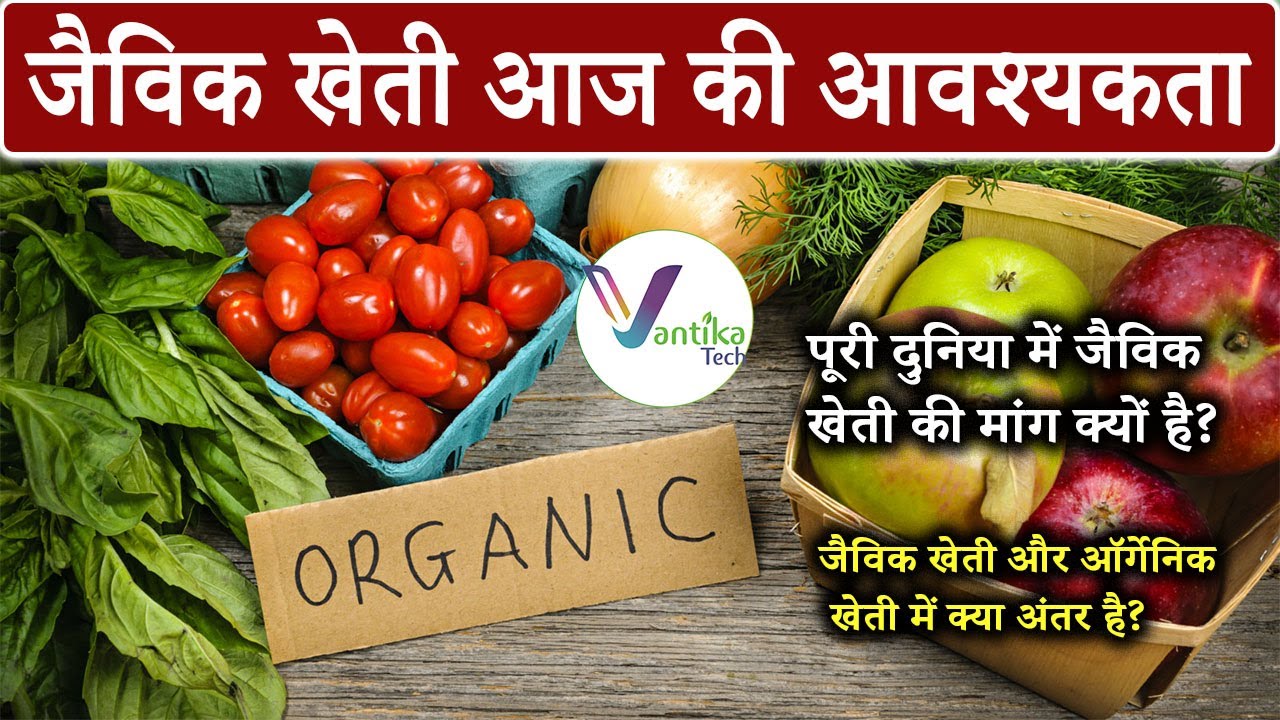 |
| fertilizers spreading |
Fertilizers play a crucial role in modern agriculture by providing essential nutrients to plants. They are formulated to supplement soil fertility and ensure optimal plant growth and productivity. In this blog, we will explore the importance of fertilizers for plants, different types of fertilizers, their composition, and best practices for their application. Whether you're an avid gardener or a commercial farmer, understanding fertilizers is essential for achieving healthy and abundant plant growth.
The Role of Fertilizers in Plant Nutrition:
Fertilizers are a vital source of nutrients that are essential for plant growth. They provide three primary macronutrients – nitrogen (N), phosphorus (P), and potassium (K), commonly referred to as NPK. These macronutrients, along with secondary and micronutrients, support various physiological processes in plants, such as photosynthesis, root development, flowering, and fruiting. Fertilizers bridge nutrient gaps in the soil, ensuring plants receive adequate nourishment for optimal growth.
Types of Fertilizers:
a. Synthetic Fertilizers: Synthetic fertilizers are chemically formulated and readily available in the market. They contain concentrated nutrients in specific ratios, making them convenient for targeted nutrient application. Common types include ammonium nitrate, diammonium phosphate, and potassium chloride.
b. Organic Fertilizers: Organic fertilizers are derived from natural sources, such as plant matter, animal waste, and compost. They enrich the soil with organic matter, improve soil structure, and release nutrients slowly over time. Examples include compost, manure, bone meal, and seaweed extracts.
c. Controlled-Release Fertilizers: These fertilizers are designed to release nutrients gradually over an extended period. They provide a consistent supply of nutrients to plants and reduce the risk of nutrient leaching. Controlled-release fertilizers are often encapsulated or coated to regulate nutrient release based on environmental conditions.
Essential Nutrients and their Functions:
a. Nitrogen (N): Nitrogen is essential for leaf and stem growth, chlorophyll production, and protein synthesis. It promotes vibrant green foliage and overall plant vigor.
b. Phosphorus (P): Phosphorus is crucial for root development, flower formation, and fruit production. It aids in energy transfer and supports overall plant metabolism.
c. Potassium (K): Potassium helps regulate water uptake, enhances disease resistance, and improves overall plant vigor. It plays a vital role in fruit quality and ripening.
d. Secondary and Micronutrients: Secondary nutrients, such as calcium, magnesium, and sulfur, and micronutrients, including iron, zinc, manganese, copper, boron, and molybdenum, are required in smaller quantities but are equally important for plant health and development.
Fertilizer Application Techniques:
a. Soil Application: Fertilizers can be applied directly to the soil around the plant's root zone. This method ensures nutrients are readily available to the roots for uptake.
b. Foliar Application: Some fertilizers can be sprayed directly onto plant leaves. Foliar application provides a quick nutrient boost and is particularly useful for correcting nutrient deficiencies.
c. Fertigation: Fertigation involves applying fertilizers through irrigation systems. This technique allows for precise nutrient delivery, especially in large-scale farming operations.
Best Practices for Fertilizer Use:
a. Soil Testing: Conducting regular soil tests helps determine nutrient deficiencies and pH levels, enabling targeted fertilizer application.
b. Proper Nutrient Balance: Understanding the specific nutrient requirements of different crops and adjusting fertilizer ratios accordingly is crucial for achieving optimal growth and preventing nutrient imbalances.
c. Environmental Considerations: Care should be taken to avoid excessive fertilizer application, which can lead to nutrient runoff and water pollution. Following recommended dosage rates and application guidelines is essential for environmental stewardship.
Sustainable Fertilizer Management:
Sustainable agriculture promotes responsible fertilizer use to minimize environmental impact. Practices such as precision agriculture, organic farming, and the use of nutrient-efficient fertilizers help optimize nutrient uptake, reduce waste, and protect soil and water resources.
Conclusion:
Fertilizers play a pivotal role in modern agriculture by ensuring plants have access to essential nutrients for optimal growth and productivity. Understanding the different types of fertilizers, their nutrient composition, and best practices for application is essential for farmers, gardeners, and anyone involved in plant cultivation. By utilizing fertilizers effectively and responsibly, we can promote sustainable farming practices and contribute to a more productive and resilient agricultural system.
#fertilizers #plantnutrition #NPK #organicfertilizers #syntheticfertilizers #soilhealth #sustainablefarming #fertilizerapplication #nutrientmanagement #agriculture #cropproduction #sustainability #soiltesting #precisionagriculture #fertilizermanagement #environmentalimpact #sustainableagriculture #farmingpractices #agronomy #plantgrowth #farmingguidance #nutrientuptake #cropyield #agriculturalscience #agriculturalresearch


No comments:
Post a Comment